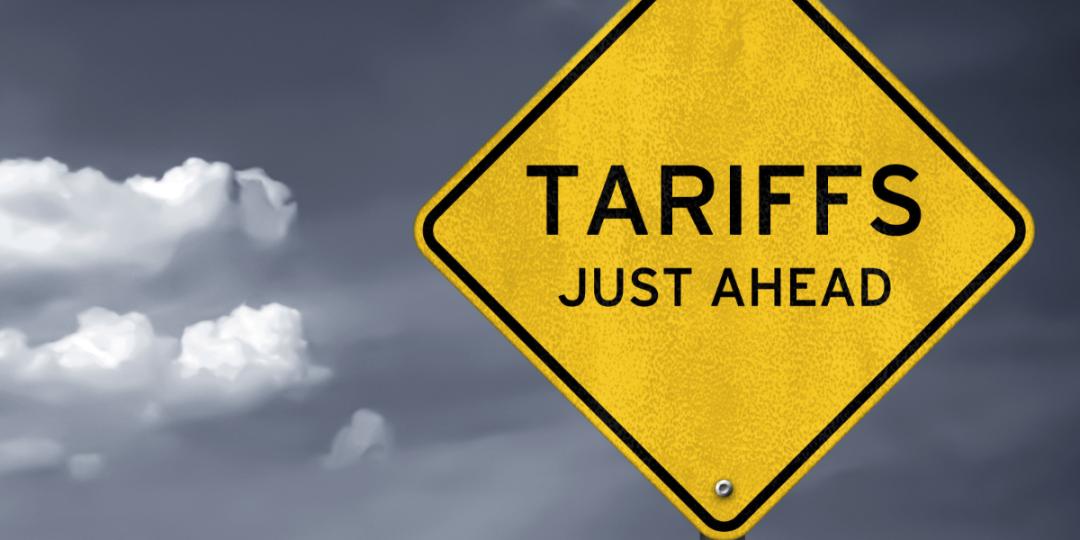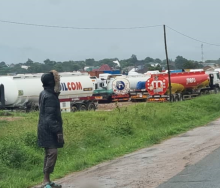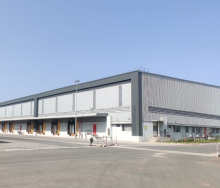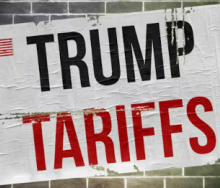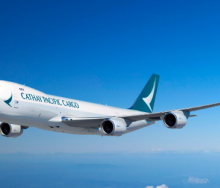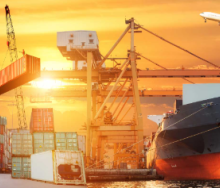A tit-for-tat tariff standoff has developed over Zambia’s October implementation of domestic tolls on top of entry-and-exit fees for transit transporters operating in and out of the Democratic Republic of the Congo (DRC), with Namibia seeming set to mimic Mozambique’s decision to implement retaliatory tariffs.
Although Zambia dug its heels in when cross-border transporters complained to the Federation of East and Southern African Road Transport Associations (Fesarta) about the extra costs, stating matter of factly that comprehensive cross-border transport tolling would substantially balloon its failing fiscus, the decision is coming at a cost – for transporters.
This emerged after Mozambique recently decided to institute tolls for Zambian transporters operating on the Beira Corridor through Zimbabwe.
According to Fesarta chief executive Mike Fitzmaurice, it means that whereas Zambian road hauliers were previously charged entry-and-exit tariffs, they will now also have to pay a toll at each one of the three gates in Mozambique between the Zimbabwean border and the Port of Beira.
It’s not clear what the extra fares payable at the Dondo, Nhamatanda and Vanduzi toll gates on Mozambique’s N6 route amount to, but the message to Lusaka is clear – if you can do it, so can we.
Meanwhile, Namibia is said to be mulling the same strategy, double tolling Zambian transporters while that country’s National Road Fund Agency (NRFA) rakes in significantly ramped-up revenue by over-tolling transit hauliers.
And as the NRFA prepares to charge over-border transporters for passing through tollgates inside Zambia in addition to entry-and-exit tariffs, Fesarta has calculated that it will generate $94 500 on top of the $160 000 already charged to transiting hauliers – per day.
Should Namibia follow Mozambique’s example, the NRFA is expected to feel the heat from its own landlocked road transport industry, tariffed to the hilt by countries providing Zambia with ports like Beira and Walvis Bay - all because of Lusaka’s decision to put the toll squeeze on over-border operators.
All eyes though are on Beira and its growing status as a preferred port for Zambia, with Mozambique’s tariff retaliation raising the spectre of Lusaka possibly diverting Copperbelt cargo towards the Port of Dar es Salaam.
That corridor to the Tanzanian port is already packed with raw minerals coming out of the DRC with backhaul loads imported to the Congo’s copper and cobalt areas.
Also of interest are growing regional trade relations between Zambia and TradeMark East Africa..
And while countries like Zambia, Mozambique and Namibia weigh their options against the backdrop of corridor-related costs and tariff consequences that could affect trade, the Southern African Development Community (SADC) is conspicuously quiet about the ripple effect of trade impediments Zambia’s double-tolling decision has had on the region.
Industry was also not holding its breath that the SADC would intervene to alleviate the costly consequence a regional tariff tussle was having on sub-Saharan transporters, Fitzmaurice said.
“They hold conferences and meetings, produce documents, talk about intra-African trade, and observe protocol. Other than that they’re not really helping to facilitate trade.”
